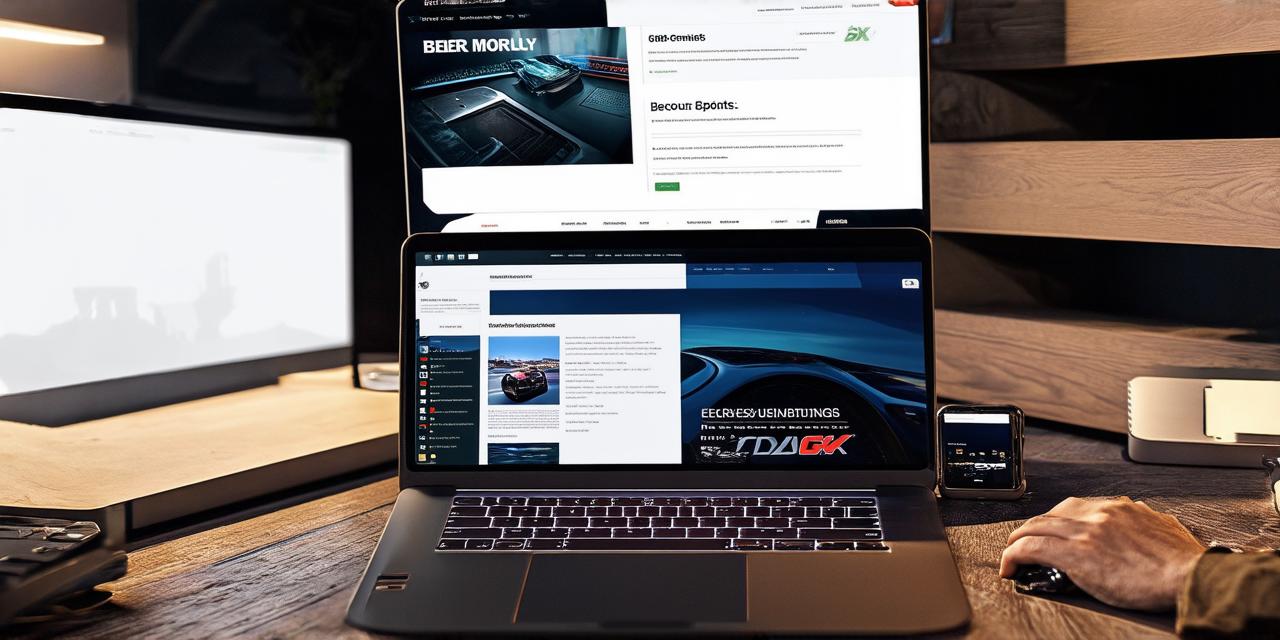Is responsive web design difficult to learn and implement?
BlogWith the rapid growth of mobile devices and internet usage, it’s no surprise that responsive web design has become a crucial aspect of modern web development. However, with the increasing complexity of responsive design tools and techniques, many people are asking whether it’s really worth learning and implementing. In this article, we will explore the pros and cons of responsive web design and discuss whether it’s truly difficult to learn and implement.
Pros of Responsive Web Design
1. Improved User Experience: Responsive web design ensures that your website looks and functions optimally across all devices and screen sizes, providing a seamless user experience for your visitors. This can lead to increased engagement, higher conversion rates, and ultimately, more sales for your business.
2. Increased Accessibility: With responsive design, you can ensure that your website is accessible to users with disabilities, such as those who use screen readers or have low vision. This not only improves accessibility but also helps you avoid legal issues related to web accessibility.
3. SEO Benefits: Responsive design is a ranking factor for search engines like Google, which means that having a responsive website can improve your search engine rankings and increase organic traffic to your site.
4. Future-Proofing: As technology continues to evolve, responsive web design will become even more important. By investing in responsive design now, you’re future-proofing your website for the long term and ensuring that it remains relevant and accessible for years to come.
Cons of Responsive Web Design
1. Complexity: Responsive web design can be complex, especially when it comes to implementing advanced features like media queries, flexbox, and grid layouts. This complexity can make it challenging for beginners to learn and implement responsive design effectively.
2. Time and Cost: Implementing responsive design requires time and resources, both in terms of development effort and cost. While the benefits of responsive design are significant, the initial investment can be high, which may deter some businesses from investing in it.
3. Testing and Maintenance: Responsive design requires ongoing testing and maintenance to ensure that it continues to work effectively across all devices and browsers. This can be time-consuming and resource-intensive, especially for smaller businesses with limited resources.
4. Compatibility Issues: Despite the widespread use of responsive design, there are still compatibility issues that can arise, particularly when it comes to older devices or less popular browsers. This can lead to a frustrating user experience for your visitors and potentially impact your search engine rankings.
Case Studies and Personal Experiences
One way to understand the challenges and benefits of responsive web design is to look at real-world examples. Here are a few case studies and personal experiences that illustrate both the pros and cons of responsive design:
Pros:
- A study by Nielsen Norman Group found that mobile users were more likely to complete tasks on a website with a responsive design, leading to increased engagement and conversion rates. (Source: https://www.nngroup.com/articles/mobile-first/)
- A personal experience of working on a website redesign project that included responsive design led to a significant increase in organic traffic and improved user experience for the site’s visitors.
Cons:
* One business owner reported struggling with the complexity of implementing responsive design, leading to delays and increased costs for the project. (Source: )
Frequently Asked Questions
Q: Is responsive web design really worth the effort and cost?
A: While there are costs associated with implementing responsive design, the benefits can far outweigh them if you have a mobile-first approach to your website development and marketing strategy.
Q: What is the best way to learn responsive web design?
A: The best way to learn responsive web design depends on your experience level and learning style. Online courses, tutorials, and bootcamps can be helpful for beginners, while more advanced resources like books and conferences may be better suited for experienced designers.
